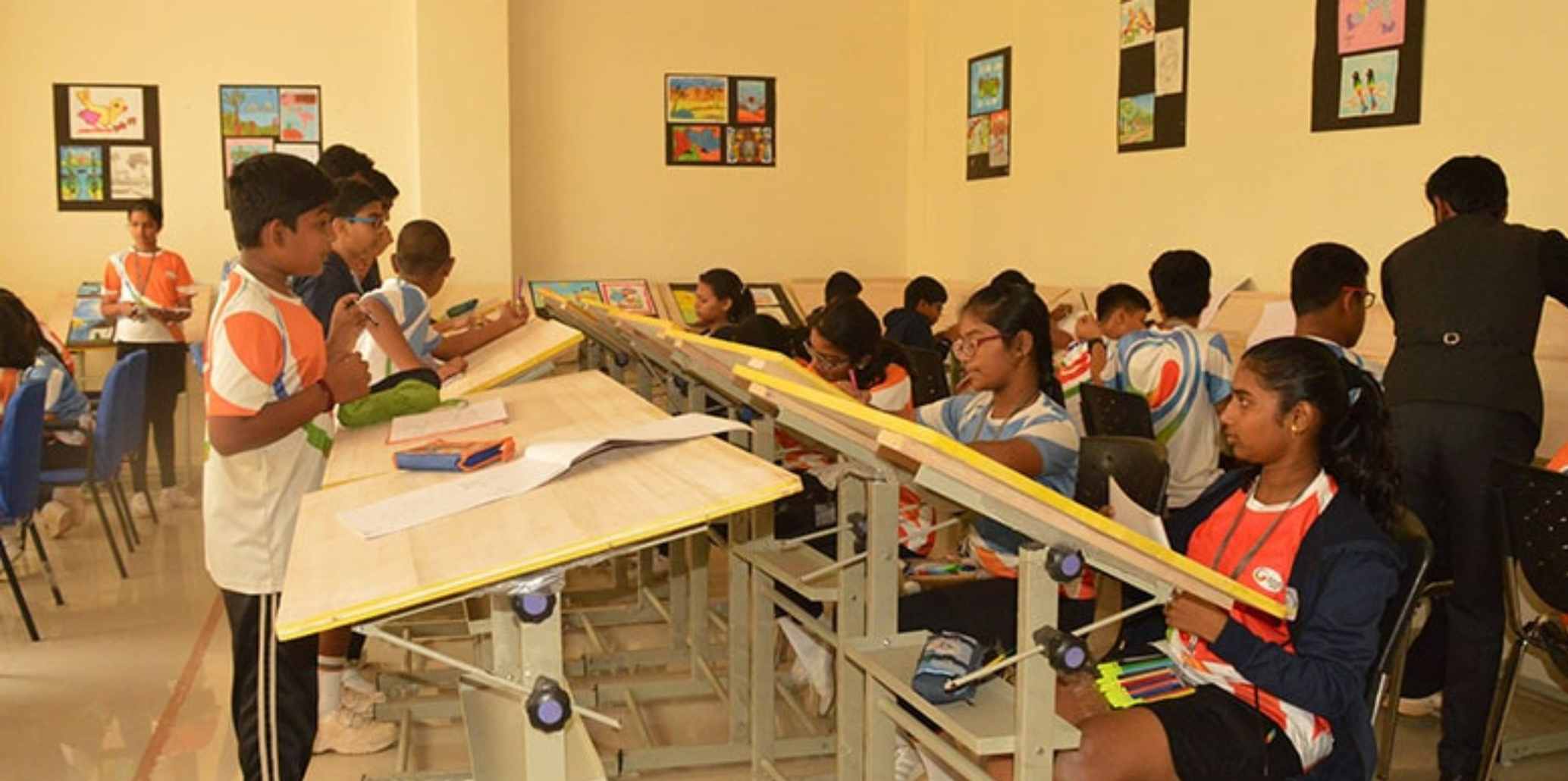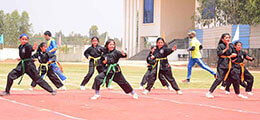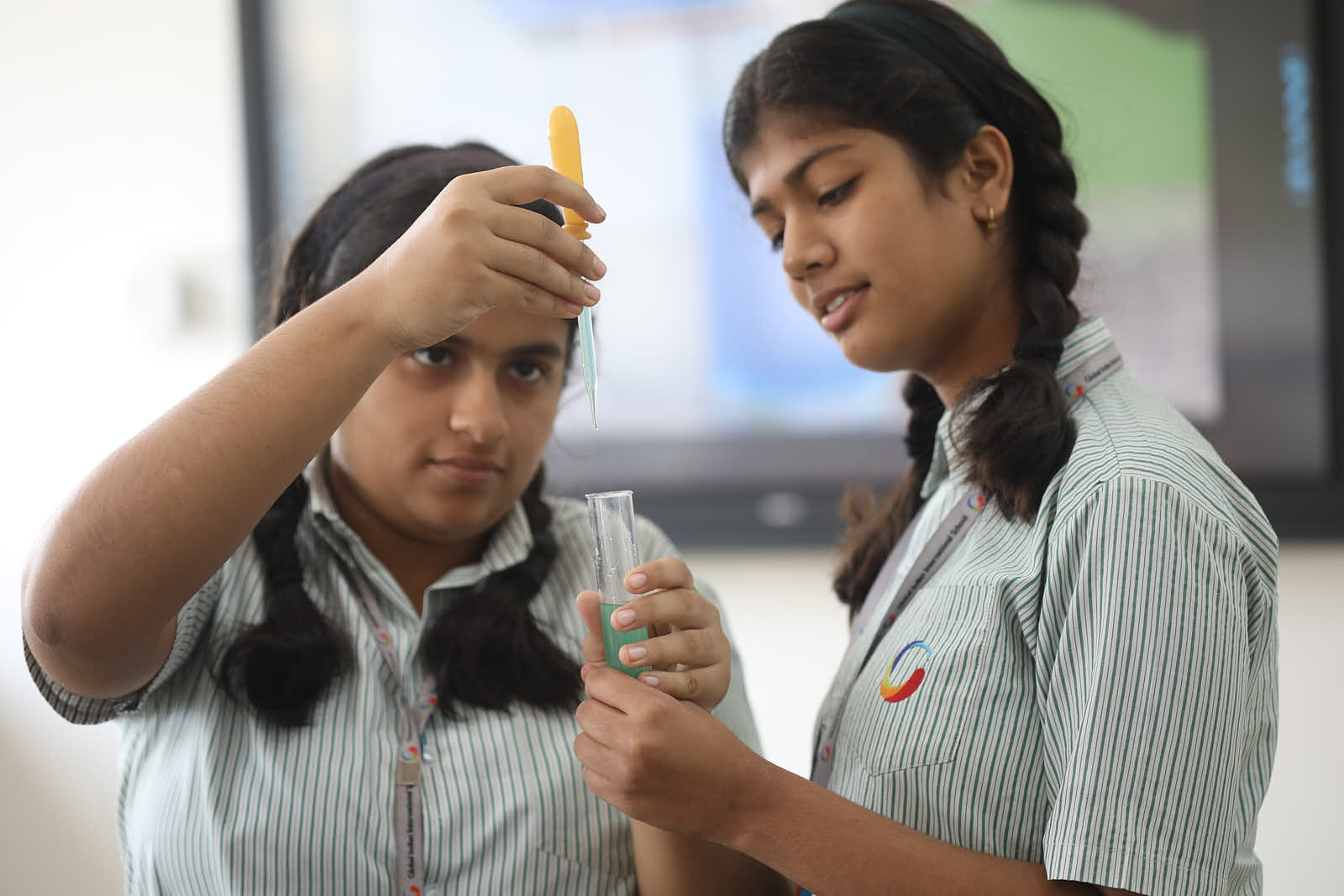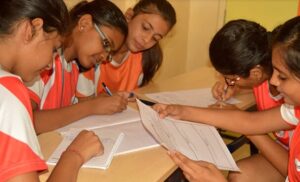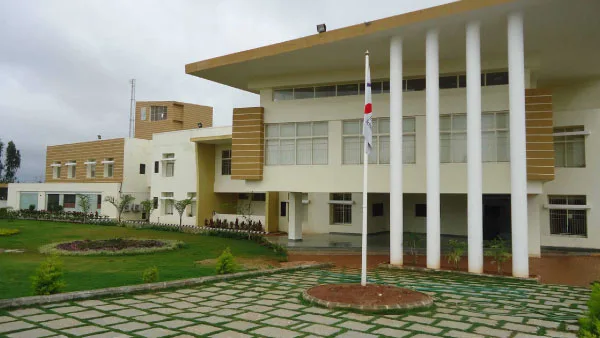Taking notes is an important yet complicated process. The moment you are listening to your teacher is the time you need to cope with it. Balancing out both processes is important to keep up with the class and your understanding.
Noting down what the professor is teaching has to be prompt. Neither do they wait for you to catch the pace, nor should you ask for it. Of course, it is difficult to copy down everything being taught to you. There are simpler ways to do it.
Taking notes means jotting down all the important points that can help you study later. No one asked you to be precise with what you write. While making notes, just keep this in mind- notes are for your personal use, write them only for you to make sense.
Why is Note Taking Important?
Students have so much to remember and attend to that retaining everything that has been taught is difficult. Bangalore international school strictly believes in note-taking. Note down what they learned earlier or during that time can help the students go for a quick revision when they need to showcase their knowledge.
Taking notes can simplify the learning process. Instead of cramming, the student can just go through the cut-down information and get an idea of what they are studying. Also, most students prefer taking an overview of the chapters instead of cramming everything. So, the importance of note-taking is quite understandable.
Taking notes can be quite helpful for students who are always last-minute learners. This should be why most students prefer studying at the last minute. So, if you ask why note-taking is important, we have multiple reasons.
What are Note-Taking Essentials?
Note-taking is not as plain as it seems. Anything that takes your time should be done with perfection. Since note-taking demands enough time and concentration that it should be done keeping the motive in mind.
Some of the essential note-taking ideas are-
1. The notes should have source information that involves the title, author, and date.
2. The notes should have headings and subheadings to help you understand the context in a better way.
3. The notes should include key points, new ideas, names, and examples for a better understanding of the text.
4. The notes should also include some triggers that can make your text more memorable like drawings, colours, or mnemonics.
5. The notes should have small pointers or ideas that can be followed up later.
The benefits of note-taking are numerous and that can be all achieved by keeping these note-taking essentials in mind.
Types of Note-Taking Methods
The Cornell Method
The Cornell method is a method of arranging notes systematically. Instead of laborious copying, the Cornell method allows you to subtly note down the important information.
Advantages
One of the best ways to take notes is by following the Cornell method. When the notes are arranged in a systematic and organised way, it gets easy for the student to do a quick follow-up. Cornell method notes not only help the student in charge but everyone else because of their clear understandability.
How to Use It?
This best note-taking method can be started by ruling the paper with a 2-inch margin line on the left of the paper which leaves a 6-inch paper on the right side to make notes. The 6-inch area of the page collects all the important points and when the instructor changes the topic, the student is supposed to leave a few lines to fill in extra information later.
The Outlining Method
The Outlining method involves the copying of the points that are important on one side and the ones with facts on the other side. This type of note-taking does not involve any numerical additions.
Advantages
The outlining method is organised and seems systematic while revising. The method also gives an easy understanding of the links between the topics that can be helpful. Also, the method involves minimal editing which saves time and effort.
How to Use It?
Depending on the space indentation, the student writes down the important points. The major points are placed to the farthest left and the more specific points are to the right. The level of importance of the points would be indicated by the space from the major points.
The Mapping Method
In this method, comprehension, and concentration skills are showcased. This note-taking form relates each fact to the idea of every other fact. The mapping method is basically a graphical presentation of the content.
Advantages
This type of note-taking method helps the student take a visual track of everything mentioned in the notes. Only a little thinking is required and all the related topics come forward. The notes can be marked by different colours and numbers to remember.
How to Use It?
The mapping method is more of a doodle that involves information. Most students are not in favour of reading through the notes every time the need arises. They use the mapping method where they connect the tiny pointers or information with one another to create a visible understanding of the topic.
Digital Notes VS Handwritten Notes: Which is Better?
Digital notes and handwritten notes both are helpful when it comes to cutting down the reading material. But of course, there are some pros and cons to both note-taking methods. Where handwritten notes are time efficient, digital notes take time for students who are not fast with typing speed.
On the other hand, handwritten notes can sometimes be hard to read because of the writing. And, digital notes are easy to read as they are typed in the digital font. Both note-taking types stand different in different aspects.
So, if you ask a student how to take notes in class, they might be more inclined towards a digital way of note-taking as it supports impromptu action. It doesn’t require any notebook or pen. The coming years would probably be overtaken by digital notes.
5 Tips on How to Take Notes From a Textbook
Let’s understand a few tips that can improve your note-taking method from a textbook taught in CBSE schools in Whitefield Bangalore.
1. The Purpose
Note-taking always has a purpose. Before starting, understand what you need from the textbook and then start with the note-taking process.
2. Create an Outline
To make note-taking easy, create an outline of the textbook that would not require your constant checking with the textbook.
3. Skim the Important Information
Do not note down the basic and unessential information. Skim the important information to make the notes helpful for future use.
4. Paraphrase
No one asks you to note down the same pointers. Read the content and paraphrase it in your own words. This will not only save you time but make the lesson a lot easier than before.
5. Do a Follow-up
Once done, go through the notes once. This will make sure that you have not left any important information that can cause you trouble academically.
Note-taking can be as useful as you make it. Follow these note-taking strategies to make the most of your time.
Note-Taking Techniques: Common Mistakes to Avoid While Taking Notes From a Textbook
Note-taking techniques involve some complications that can cause academic trouble in the future. Here are some common mistakes to avoid:
1. Do Not Highlight
Highlighting the text is not note-taking. Note-taking is the process of noting down important information in a different notebook. Highlighting the text can simply leave out the important information.
2. Be Topic-specific
One of the most common mistakes students do while note-taking is not being specific about the topic. So, remember what you are writing about.
3. Do Not Note Down Everything
Note-taking is done to preserve some time and collect only important information. Noting down everything nullifies the purpose of note-taking.
5 Tips on How to Take Notes During Offline/Online Classes
Taking notes during offline and online classes might have some differences but are equally helpful.
Here are some note-taking tips to follow:
1. Be Alert
Note-taking is the practice for future preparations. Not being alert can make you miss out on certain information that can trouble you later. So, be alert.
2. Try Handwritten Notes
During online and offline classes, teachers speak at their own pace without waiting for the students. Digital typing can sometimes go wrong due to automatic corrections. Try writing notes.
3. Be Organised
Note-taking requires organisation of everything. Being clumsy with everything can bring in errors and miss out on information.
4. Leave Space
Do not fill in all the pages to the end. Make sure you leave some space after every point so that any missed out information could be added later.
5. Use Diagrams Or Drawings
Sometimes the professor goes so fast with their speech that you can miss out on so much. To speed up the notes, you can use diagrams and graphs that include enough information to understand later.
Follow these tips to eliminate any note-taking issues.
Note Taking Techniques: Common Mistakes to Avoid While Taking Notes During Offline/Online Classes
Online and offline classes can sometimes become a problem while taking notes. Here are some mistakes you should avoid while note-taking:
1. Beware of Repetition
The professors usually repeat some information to make the students understand. Make sure you hear well and then note down the points. This will save you from overlapping the same points.
2. Do Not Forget to Review
You might think notes are ready once the class is over. Maybe you need to review what you have already written and find anything missing. By doing this the student can get an idea if any information is missing instead of just finding it later during the examinations.
3. Do Not Write Down Everything You Hear
The purpose of note-taking is not to study later. Instead, it is just for the purpose of late revisions. When you are in the class, hear what your professor teaches you and then note down the information. Do not record their voice or write down everything they say just to save time.
How Does Note Taking Impact Learning for Students?
Most students prefer taking notes during class with the motive of last-minute revisions. However, the other portion of students is pretty much adamant about studying later and not paying attention during class. The impact of note-taking depends on the purpose of note-taking. Regardless, it is beneficial for the students.
Some of the advantages of note-taking are
1. You Remember
It is hard to retain every little piece of information discussed in class. Note-taking is the best way to remember the critical information of the sessions.
2. Saves Time
Note-taking is done to revise the information when time is too short.
3. Increases Concentration
Note-taking requires your full attention and concentration in class. So, whatever the purpose, the students get to be attentive in class.
Also Read: Homework Strategies for Students
Conclusion
Note-taking can be simple yet tricky. To make sure the information is complete and helpful, the students give in their best efforts. Also, this makes the students more attentive in class. So, note-taking is beneficial during and after the sessions.


 Bannerghatta Campus
Bannerghatta Campus
